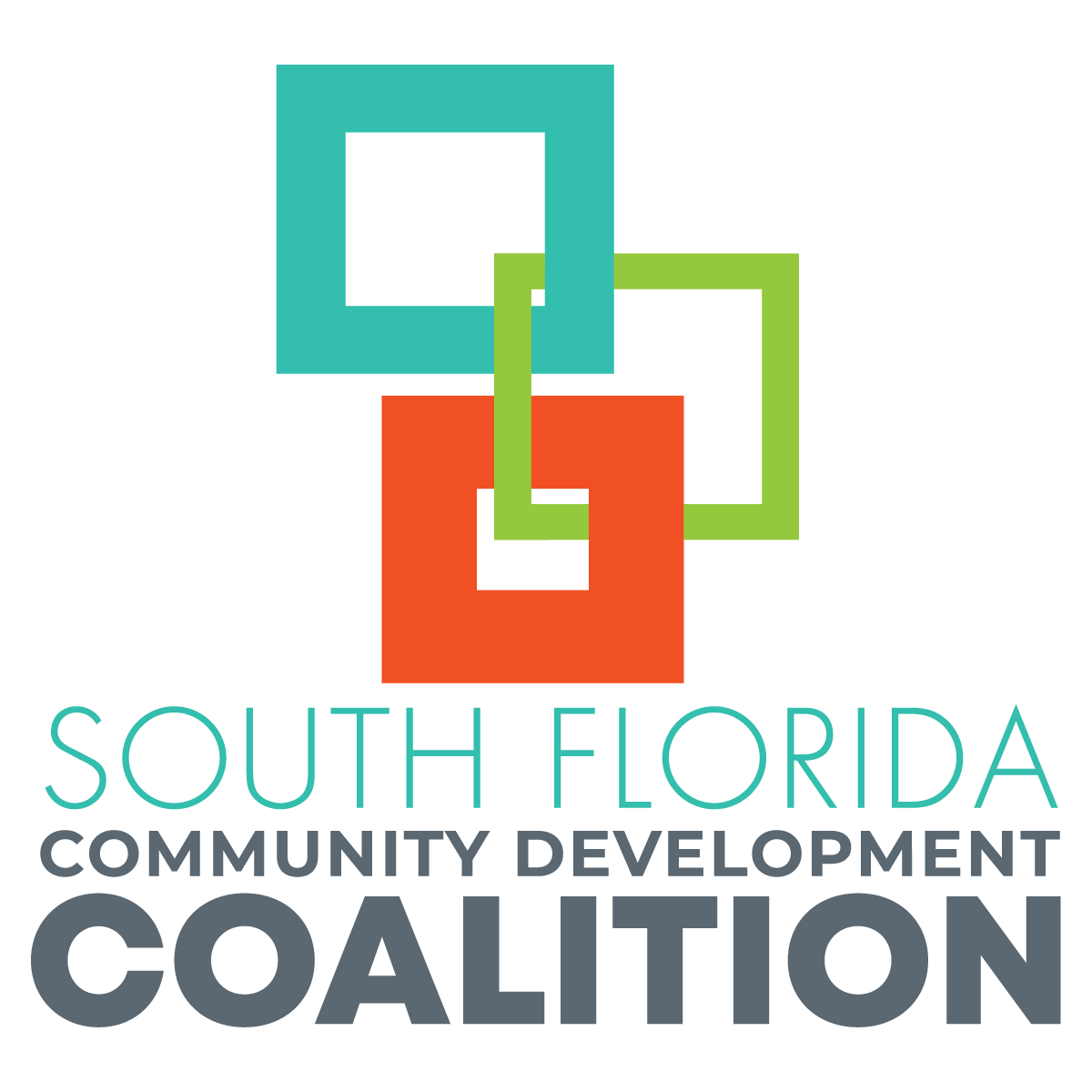Economic Development
In February 2022, Realtor.com rental report noted that Miami-Dade County as the least affordable place to call home in the nation. Later on, HUD Secretary Marcia Fudge declared Miami as the epicenter of the housing crisis (Washington Post, 2022). Rising costs such as rent, insurance, HOA fees, and interest combined with stagnant wages have created a deep and persistent wealth gap in our community. While the aftermath of the pandemic and inflation may have exacerbated our existing affordability crisis, our most vulnerable low-income communities have taken the burnt of the impact through accelerated gentrification and displacement. Therefore advocating for deeply affordable housing has become a high priority for many frontline and grassroots community-based organizations.
Our coalition member, Miami Homes for All, has been a key local leader among many in advocating this issue. Their 2020 report, Miami Affordable Housing Framework, anchors much of the on-going public policy advocacy the coalition supports. The solution is grounded in PALM: Preservation, Assistance, Land Use, and Money for Development. Given the drastic impact and needs of housing, public discourse has taken deeper interest in understanding the more technical language behind programs and funding sources. Housing is considered affordable when housing costs account for less than 30% of household gross income (before taxes); paying more than that is considered cost burdened and paying more than 50% of income is severely cost burdened.
Small Business Anti-Displacement
Housing affordability for low-to-moderate income (LMI) residents is measured by governments and practitioners using a standardized key metric known as the area median income (AMI), which expressed as a percentage and adjusted for household size. These levels may have additional restrictions or ranges based on the municipality. This is federally mandated by HUD and based on the Census Bureau’s American Community Survey (ACS) which uses metropolitan statistical area (MSA) data to determine geographic areas.
Affordable housing for low-income resident's who would range below 80% of the AMI and very-low-income (VLI) is considered below 60%. Anything at or below 30% is consider extremely-low-income (ELI) threshold where public assistance such as housing vouchers or Section 8 are applicable. Supportive housing takes this a step further by offering residents additional services to help build individual stability and prosperity to combat homelessness (e.g. intensive case management, financial literacy, health care, child welfare, workforce development, etc.) such as Section 3 of the 1968 Urban Development Act.
Broward County Public housing was established to provide decent and safe rental housing for eligible low-income families, the elderly, and persons with disabilities. Public housing comes in all sizes and types, from scattered single-family houses to high rise apartments for elderly families. There are approximately 1.2 million households living in public housing units, managed by some 3300 {Public Housing Authorities (PHAs)}. (Source: HUD)
| Miami-Dade County NOAH refers to residential rental properties that are affordable, but are unsubsidized by any federal program. Their rents are relatively low compared to the regional housing market. NOAH properties are typically Class B and Class C rental buildings or complexes built between 1940 and 1990. (Source: NOAH Impact Fund) | Palm Beach County The term “workforce housing” is most often used to indicate a program targeted at households that earn too much to qualify for traditional affordable housing subsidies. (Source: Brookings Institution) It is typically focused on centering employment needs and prioritizings proximity to areas with high density of employment opportunities. |
 Main StreetS
Main StreetS
Homeownership has long been central to the American Dream, a dream that has become increasingly elusive to immigrants, young professionals, and low-income communities. Yet, it remains one of the most essential pathways for financial stability and wealth generation. According to Forbes (2022), "household wealth among homeowners is a whopping 1,469% higher on average compared to renters." Several factors that have made ownership in South Florida a luxury for the few, including:
- Home inventory shortage
- Homes being converted to rental
- Labor and construction costs soaring
- Land-use restrictions
Therefore advocating to increase homeownership opportunities is a key priority for our public policy platform. To learn more please join us for an upcoming policy roundtable.
Fair Housing & Lending
Housing discrimination is illegal in nearly all housing, including private housing, public housing, and housing that receives federal funding. Discrimination in mortgage lending is illegal under the Fair Housing Act and the Equal Credit Opportunity Act. The Fair Housing Act, 42 U.S.C. 3601 et seq., prohibits discrimination by direct providers of housing, such as landlords and real estate companies as well as other entities, such as municipalities, banks or other lending institutions and homeowners insurance companies whose discriminatory practices make housing unavailable to persons because of:
- race or color
- religion
- sex
- national origin
- familial status, or
- disability
Resources

